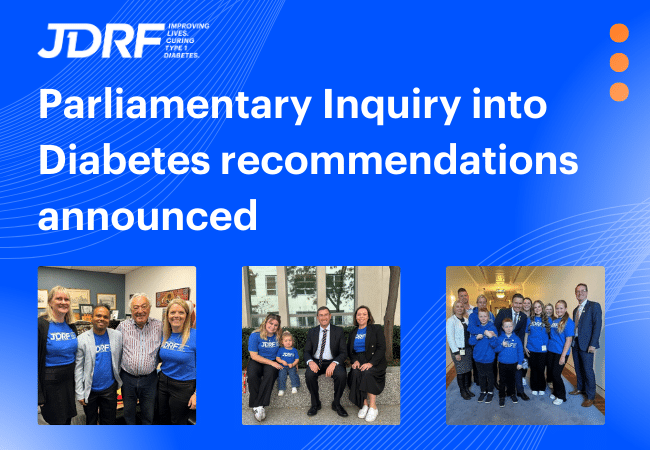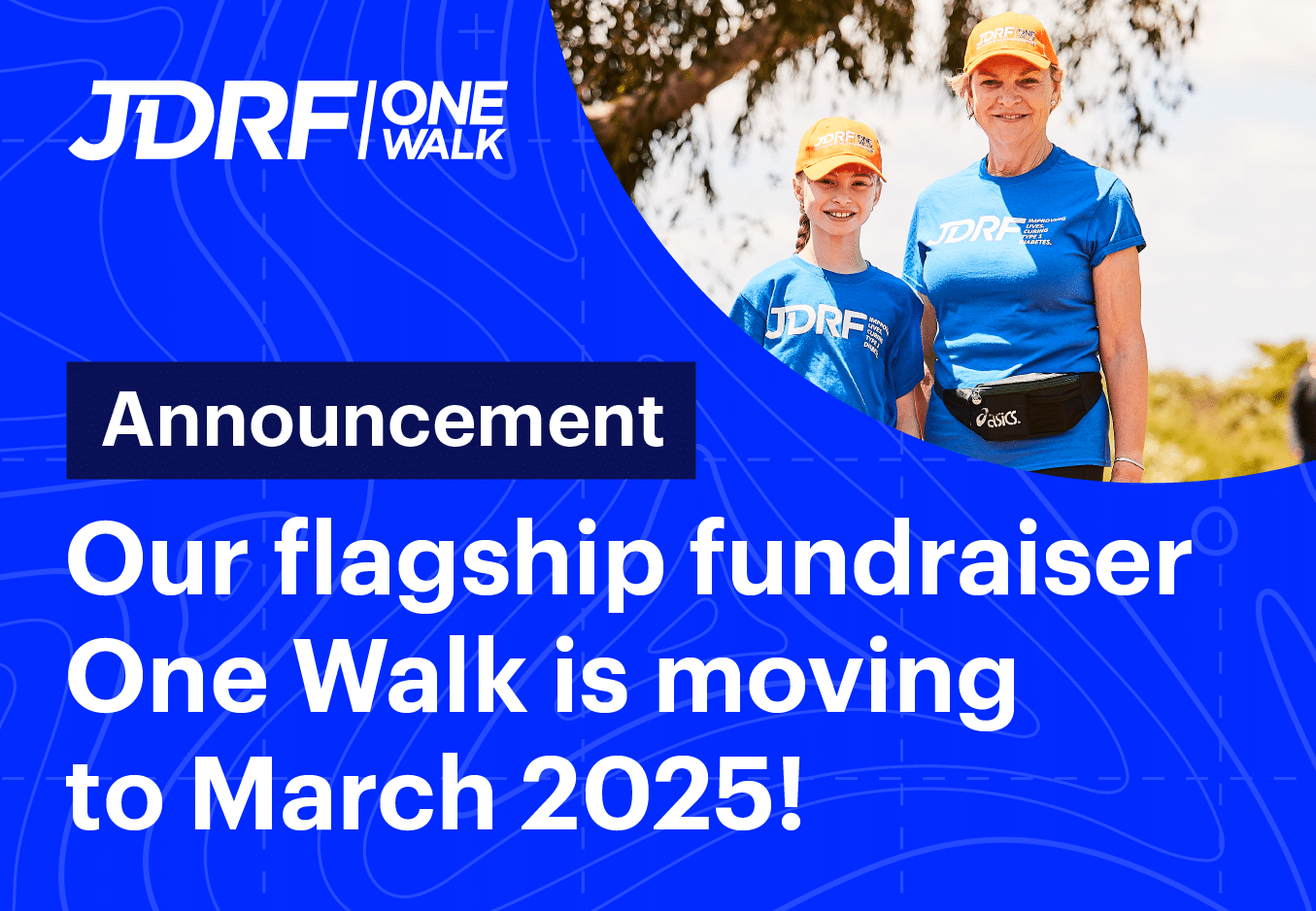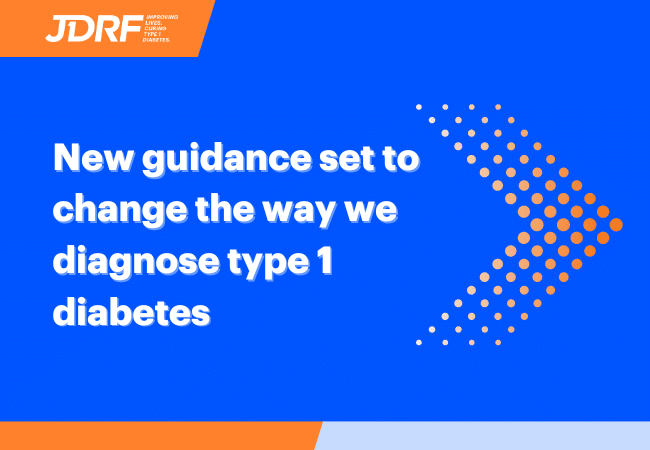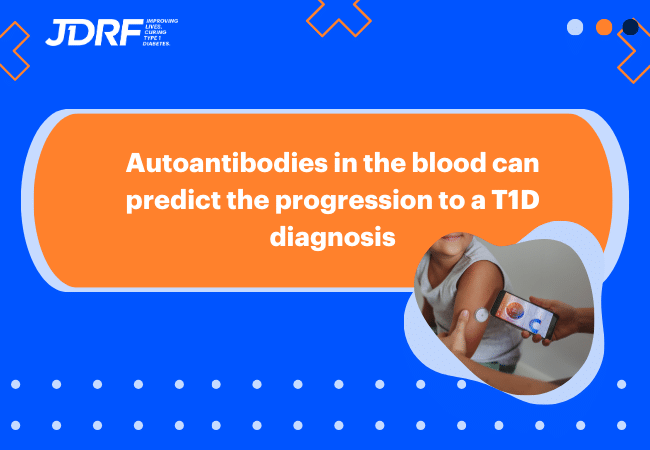8 things to know about hypogylcaemia in kids

A low blood glucose level, known as hypoglycaemia (also called a ‘hypo’ or a ‘low’) is one of the most important things to monitor when a person is living with type 1 diabetes (T1D).
Hypos are a normal part of life for people with type 1 diabetes – in fact, most children have a hypo every now and then (and they often have them up to four times a week!).
It’s important to learn how to treat and try to prevent hypos. Here are the top things you need to know about them.
1. What are hypos in children?
Hypoglycaemia happens when blood glucose levels (BGLs) fall below 3.9mmol/l (or, if symptomatic, at a number close to this). It can cause symptoms including paleness, headaches, sweating, dizziness, blurred vision, confusion and weakness.
Many children usually look and feel unwell when experiencing a hypo. At other times, they may not show or feel symptoms (especially infants and younger children).
In teens and adults, hypos can be caused by drinking alcohol.
2. Why do hypos happen?
The main causes of hypos include being more active or exercising more than usual. Hypos can also be caused by missing or delaying meals or snacks, eating too few carbohydrates for the insulin dose given for a meal, or taking too much insulin.
3. How do you treat a mild hypo in children?
Treat hypos with fast-acting carbohydrates – these raise BGLs quickly and should be carried at all times. Some popular hypo treatments are glucose tabs or gel, juice, soft drink (not diet) or honey. Jellybeans or other lollies are also popular choices, especially for children. Your diabetes team will discuss options with you.
Monitor for improvements in symptoms, and recheck BGLs 10-15 minutes after treating the hypo.
Some people experiment and find it best to follow up with a slow-acting carbohydrate, like bread, a biscuit or some milk.
4. What happens during a severe hypo in children?
Severe hypogylcaemia is when a person with T1D has low blood sugar levels that result in them being extremely drowsy or disorientated, unconscious, or having a fit or convulsion. It’s not defined by an actual number, but a worsening of symptoms that might make them unable to take standard hypo treatments.
If this occurs, place your child in the recovery position and administer a glucagon injection. Call an ambulance if you don’t have a glucagon injection close by, if you’re unsure what’s happening, or if the situation doesn’t improve quickly.
5. Should I trust the meter or my child’s feelings?
Blood glucose meters and continuous glucose monitors (CGMs) are invaluable for identifying when blood sugar levels are dropping and rising again after hypo treatment.
Don’t let the CGM replace how your child is feeling, though – encouraging your child to listen to their body is an important life lesson.
6. What about night hypos in kids?
Regular fingerpricking or a CGM can help you and your diabetes team identify patterns of night hypos, and help you work our when insulin doses may need to be adjusted.
It can help to keep in mind that night hypos are more likely to occur if your child has done a lot of exercise that day, if they’ve eaten poorly, or if they’re unwell.
7. Will a child feel better straight after a hypo treatment?
Your child’s symptoms should subside when their BGLs return to a normal range, but it can take a little while for them to feel back to their old self.
They can sometimes develop a headache or experience temporary memory or concentration problems afterwards; it can help to get some extra rest and monitoring, as well as paracetamol if needed.
8. When should I speak to my child’s healthcare team about hypos?
Speak to your healthcare team if hypos , tend to occur at the same time of day, if they’re happening regularly at night, or if a severe hypo occurs.
But, as always, remember that your team is there to answer any questions you may have, and to give you tips to manage your child’s diabetes. Never be afraid to reach out for support and information.




